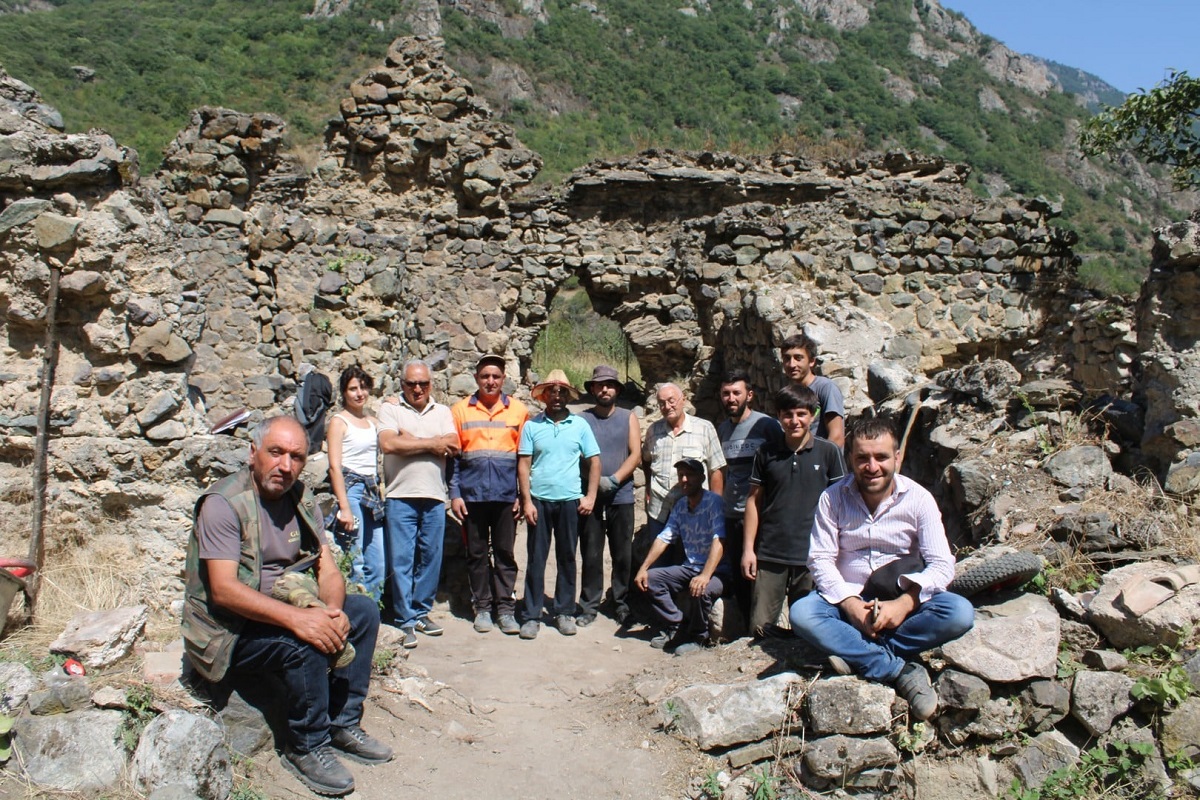Archaeologists in Armenia’s Syunik Province have uncovered the remains of a 4th–5th-century three-nave basilica during excavations on the banks of the Voghji River, near the town of Kapan, shedding new light on Armenia’s early Christian architecture.
The site, mentioned in Stepanos Orbelian’s “History of Syunik” as early as the 5th century, was once a fortress-settlement of the Syunik princes and later became the royal residence and capital of the Kingdom of Syunik in the 10th century. Following the kingdom’s fall, the settlement was abandoned and fell into ruin. The area, known locally as “Tandzu Lenj,” is today covered in dense forest.
Excavations are being carried out by the Institute of Archaeology and Ethnography of Armenia’s National Academy of Sciences. According to excavation leader Gagik Sargsyan, the site was recognized as a historical-cultural monument during the Soviet years, but this is the first time large-scale, systematic excavations and comprehensive studies have been conducted.
Archaeologists have unearthed numerous building foundations, walls, and ruins. Of particular interest is the royal palace complex, which contains structures from different time periods. Beneath a later building, they discovered the foundations and column bases of the early-period basilica. The church featured a horseshoe-shaped apse, on the edge of which a later wall was built. Its floor was originally paved with stone slabs, but a new stone pavement was later laid over a 25-centimeter filler layer.
In addition to the basilica, the excavations revealed a circular stone-built wine press measuring about 1.2 meters in diameter, as well as the remains of a small chapel with a rectangular apse located about 30 meters south of the palace complex. Despite the area being overgrown with forest and brush, it is clearly visible that the settlement was once entirely surrounded by fortification walls, some sections of which were constructed in two layers.
On the eastern side of the site, archaeologists also documented a preserved section of a once-powerful defensive tower, rising about four meters high, which once marked one of the fortress entrances.
Excavations are ongoing, and archaeologists say many questions remain to be answered about the site and its history.


